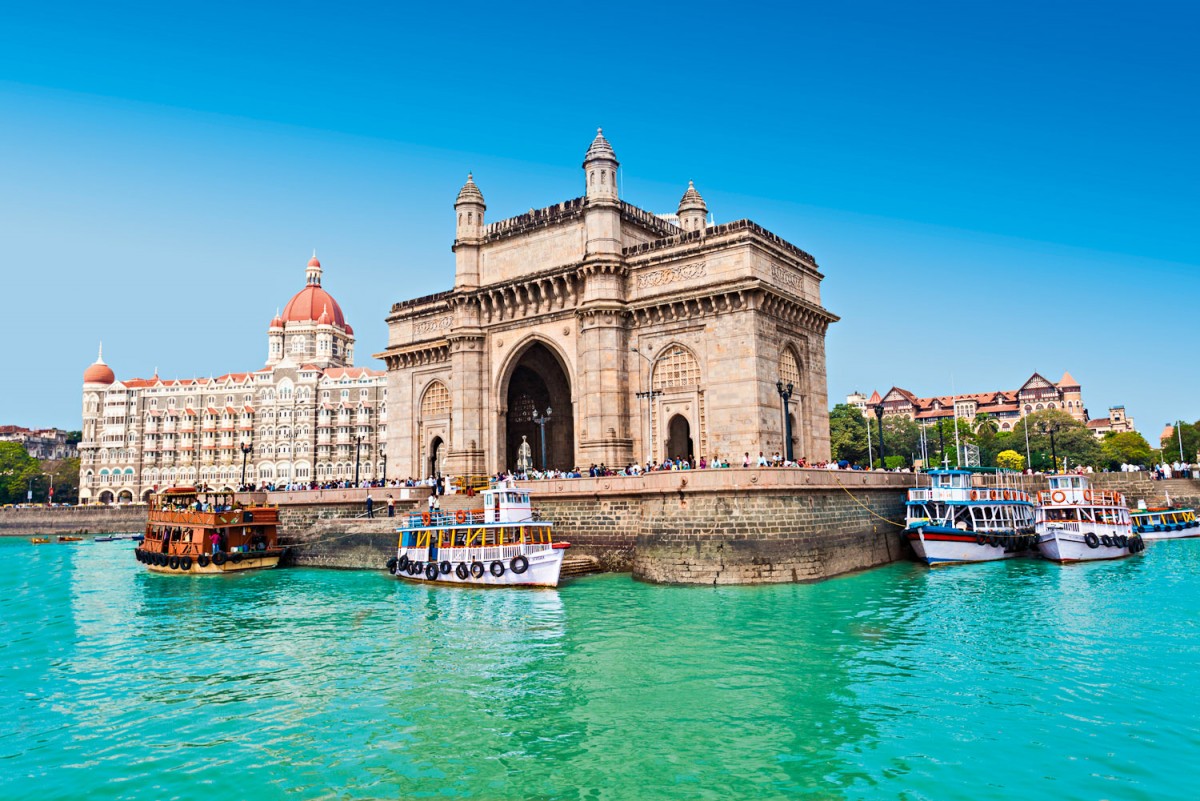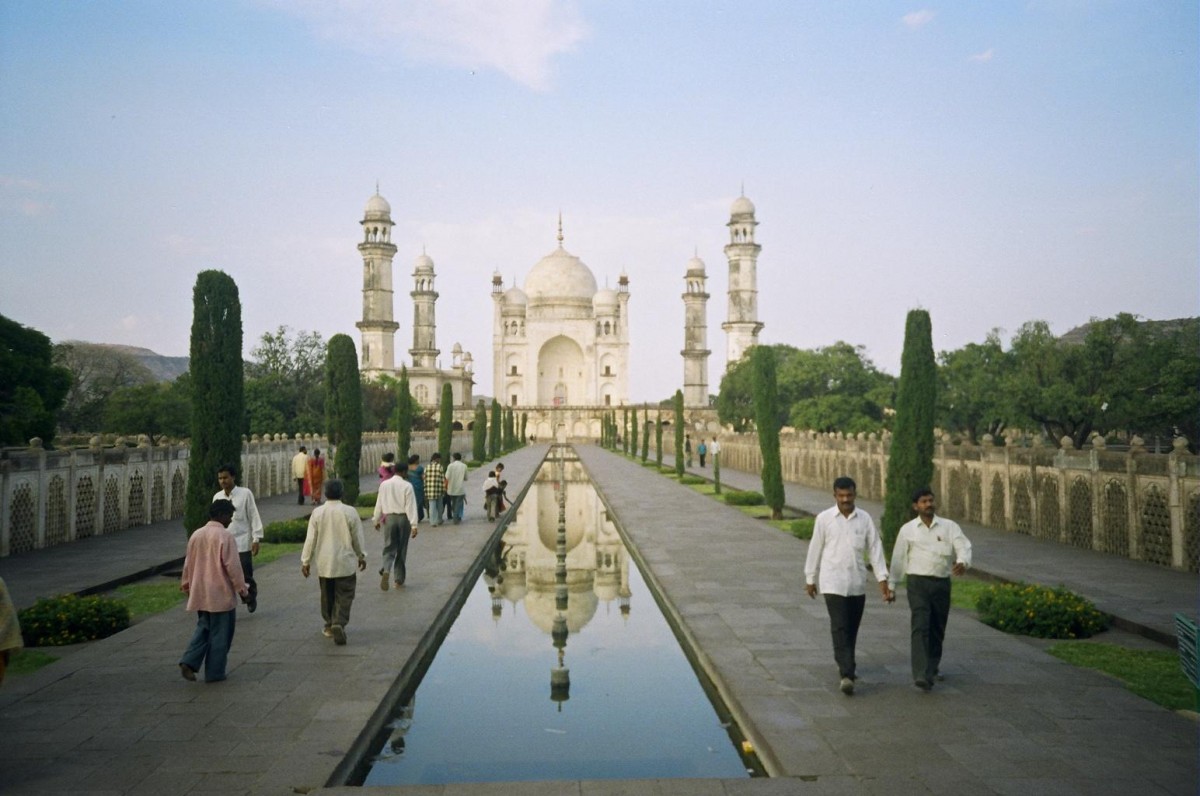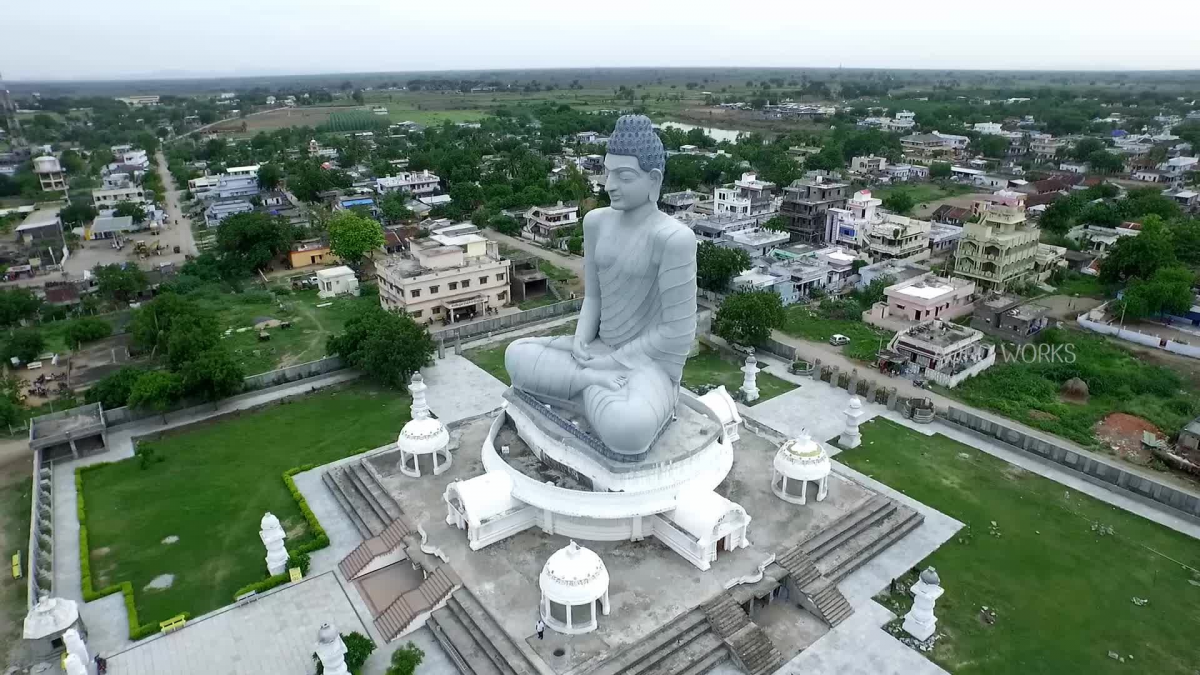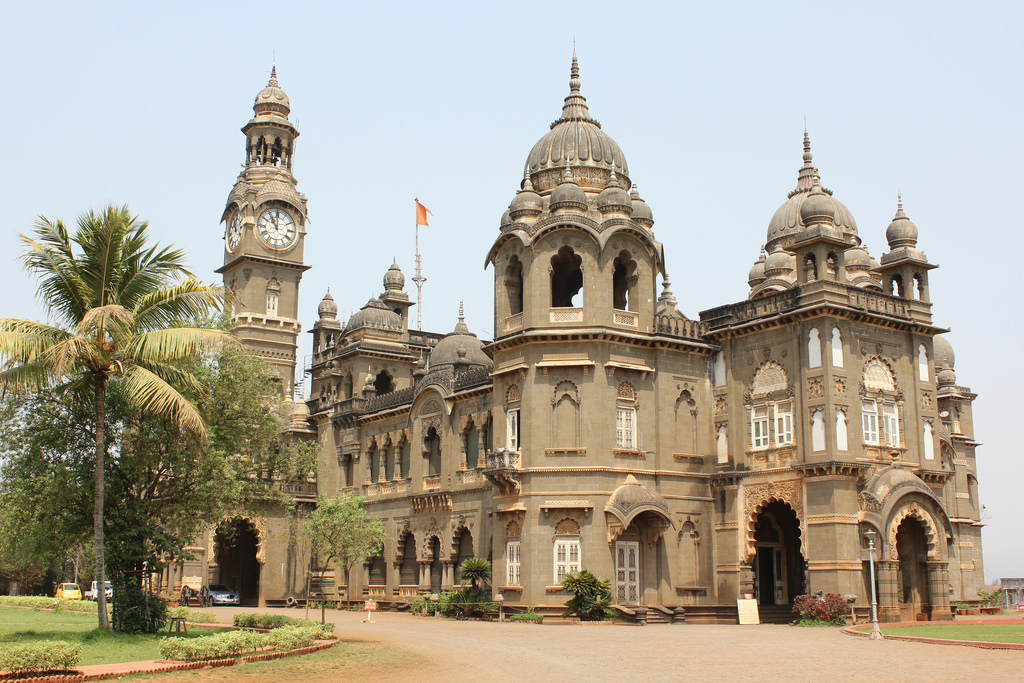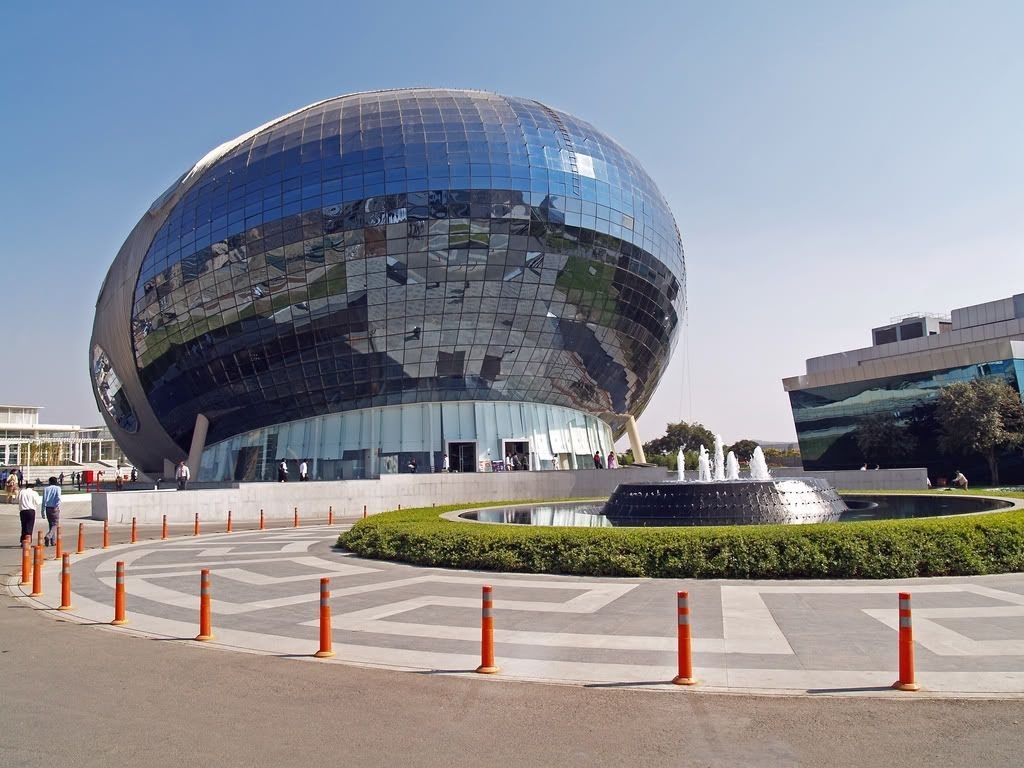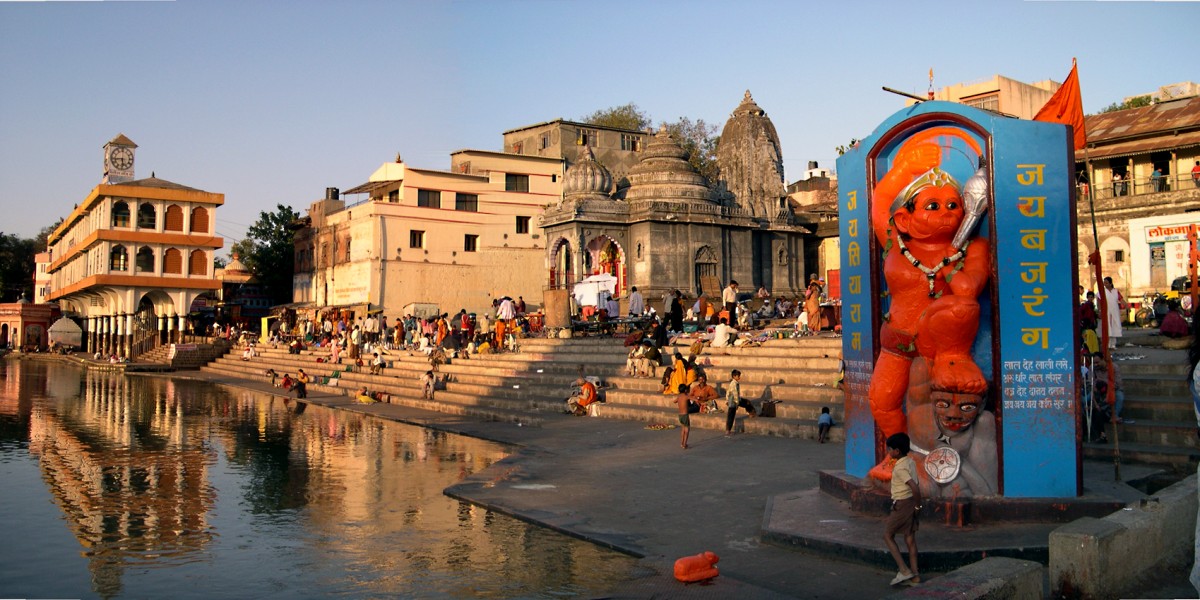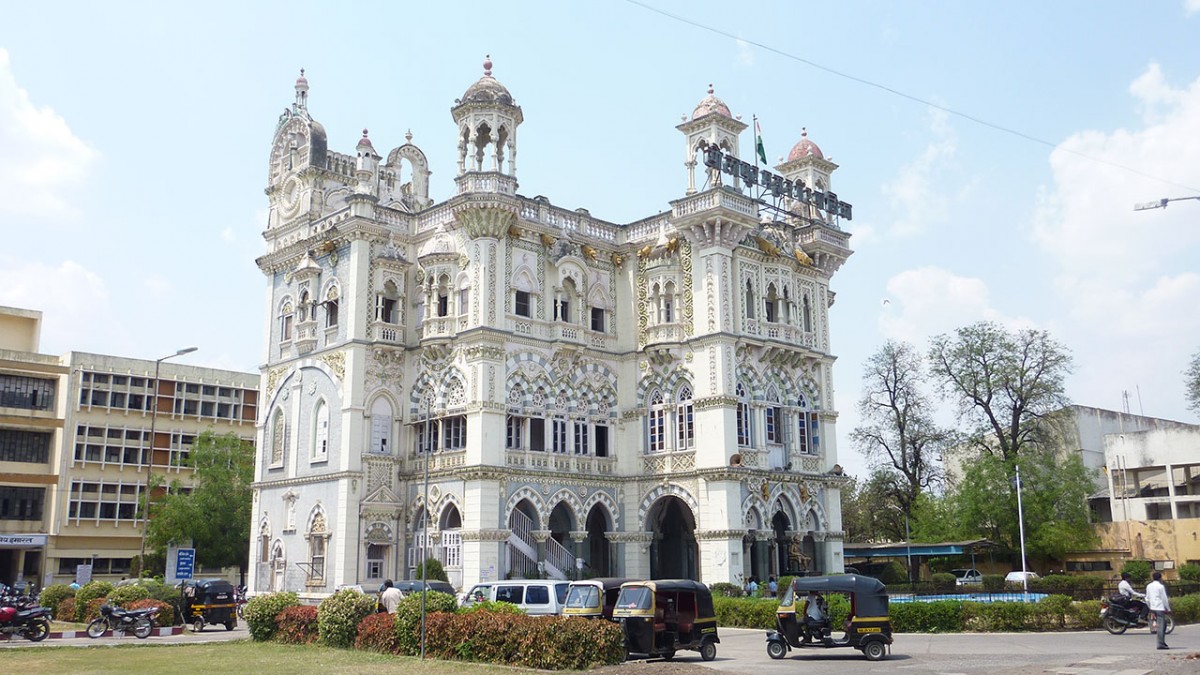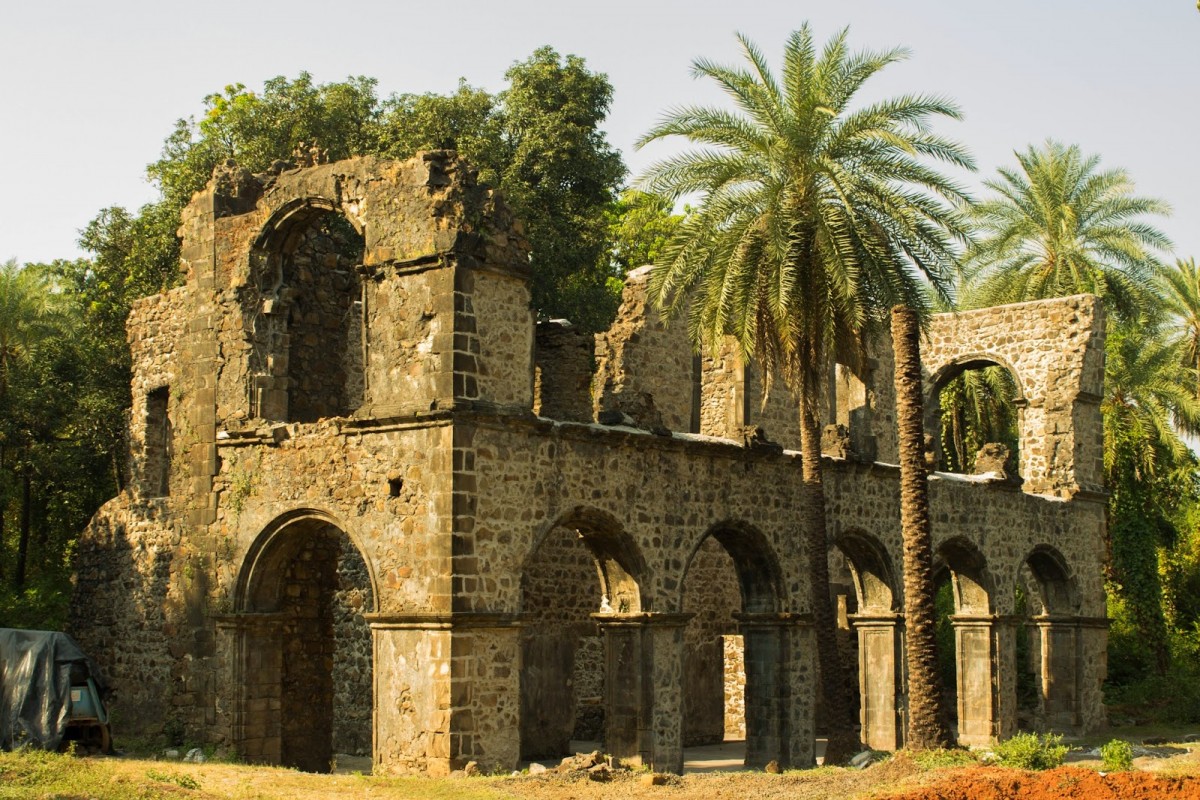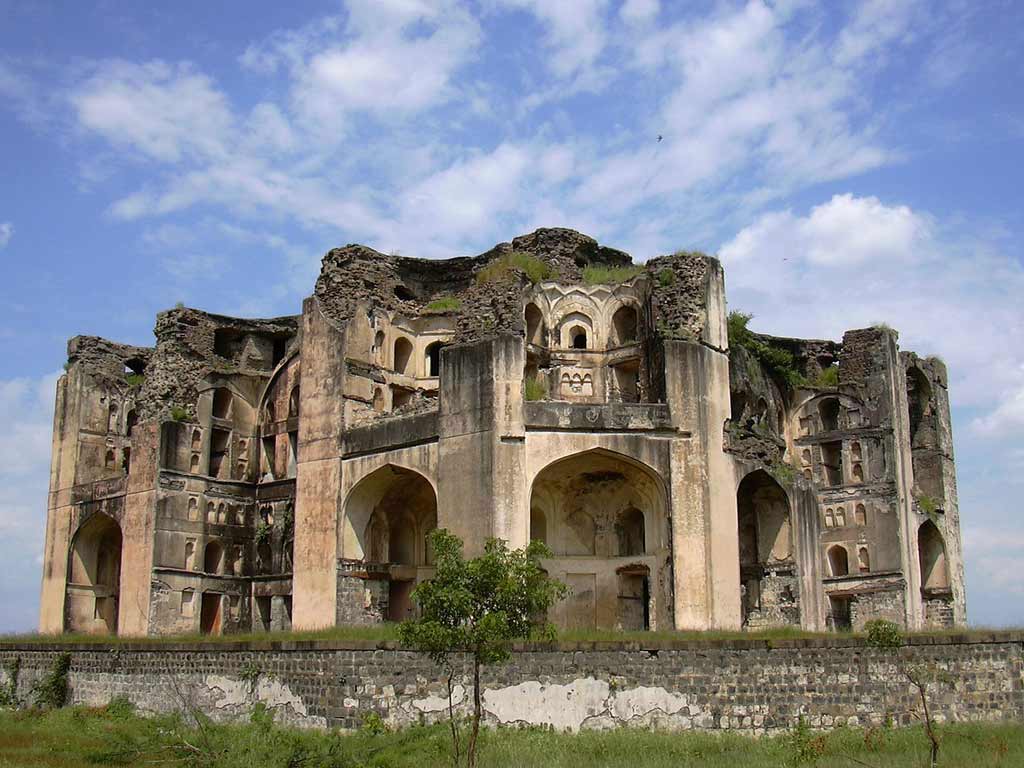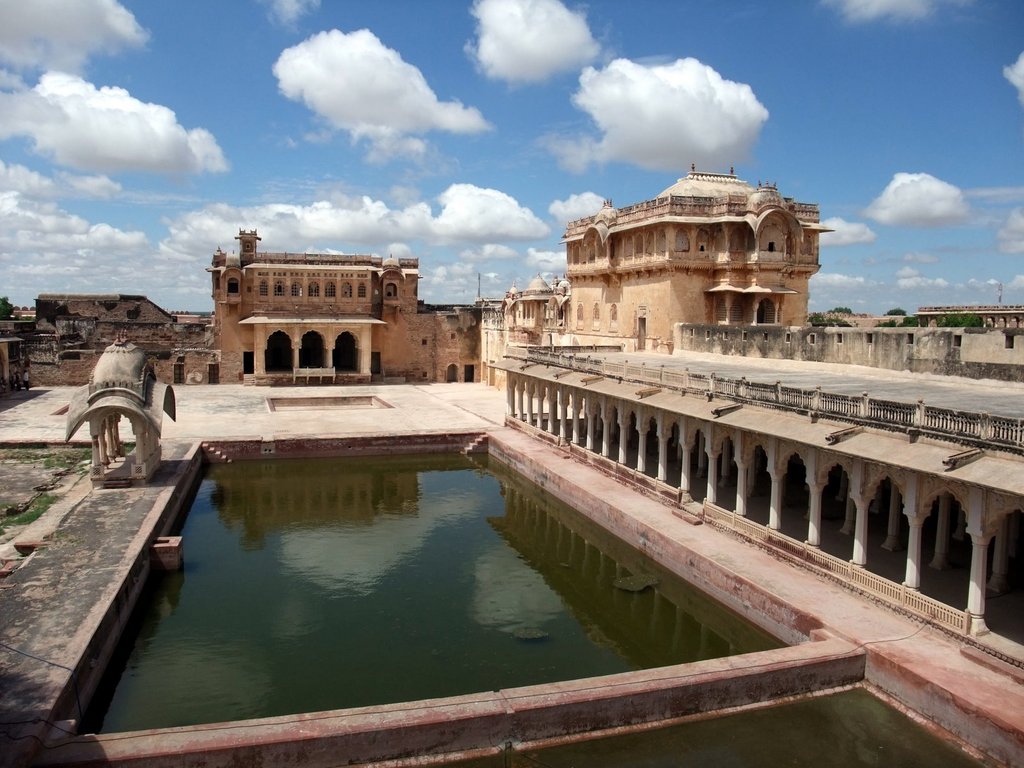
Nagpur Tourism
The present city was founded in the early 18th century by Bhakt Buland, a Gond prince of the kingdom of Deogad in the Chhindwara district. Seeing the advantage of civilized life in Delhi, he started to build Nagpur as his new capital. His successor Chand Sultan continued the work. On Chand Sultan’s death in 1739, disputes regarding succession arose and Raghuji Bhonsle, the Maratha governor of Berar, helped to restore the elder son to the throne. As the dissentions continued, Raghuji Bhonsle again intervened in 1743, and the control of Nagpur slowly passed on from the Gonds to the Marathas. It became the capital of the Bhonsles.
With the Bhonsle dynasty came the vast class of cultivators in Vidarbha. Raghuji’s successors
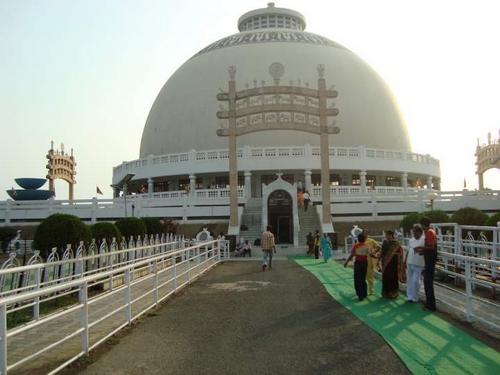
lost some territories to the Peshwas of Pune and the Nizam of Hyderabad. In 1803, Bhonsles (along with their allies Scindias [Shinde] ofGwalior) at Assaye and Argaon (Argaum). In 1811 Pindaris attacked Nagpur. Bhonsles again lost to the British in 1817 and Nagpur came under British influence. In 1853 Raghuji III died without an heir to his kingdom. As a result, the city lapsed into British control under Lord Dalhousie’s Doctrine of Lapse. { This policy was one of the reasons which led to the Indian War of Independence [Sepoys’ Mutiny: as referred to by the British] in 1857}
In 1861, Nagpur became the capital of the Central Provinces. The advent of the Great Indian Peninsula Railway (GIP) in 1867 spurred its development as a trade centre. After Indian independence, Nagpur became the capital of Madhya Bharat state (C.P. and Berar). In 1960, the marathi majority Vidarbha region was merged with the new state of Maharashtra and Nagpur was designated the second capital of Maharashtra state, alternating with Bombay as the seat of the Maharashtra state legislature.
Nagpur was once a capital of the mighty empires that emerged in the central part of India. The city has a rich and glorious past. The culture of the city presents a fine blend of the old & new.
Strategically located almost at the heart of India, Nagpur is at fairly equal distance from all corners of country. So communication network to and from Nagpur is truly convenient.
Travel.mapsofindia brings you complete information on how to reach Nagpur:
How to Reach Nagpur by Air: The city has a domestic airport of its own. Regular flights to connect Nagpur to important cities like: Delhi,Mumbai, Kolkata. Several airlines operate flights o and from Nagpur.
How to Reach Nagpur by Road: Since the city is located almost at the heart of Indian landscape, an extensive network of roads link Nagpur to various cities in Maharashtra and all over India. Many important tourist destinations like Aurangabad (504kms), Khajuraho(546kms), Bhopal (352kms), Kanha (266) are connected to Nagpur by road.
How to Reach Nagpur by Rail: Nagpur has a railway station in the city. Central location of Nagpur has helped it to emerge as an important railway junction. Nagpur serves as the junction between South-Eastern and Central Railway lines. A number of important trains service the station. One can approach Nagpur from any part of the country.
Shopping
Nagpur is a historical city in the state of Maharashtra. Because of its strategic location at the
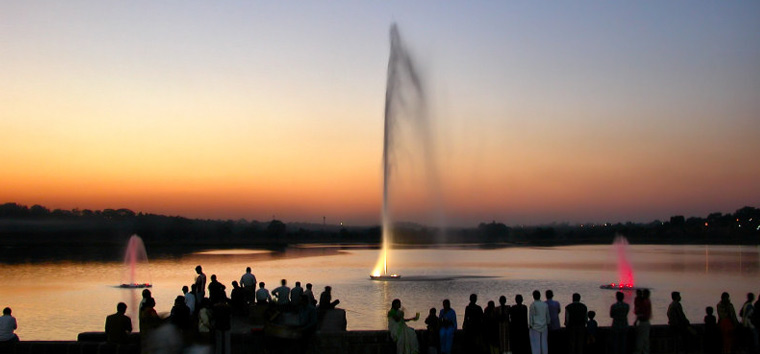
heart of Indian landscape, Nagpur has repeated played significant role in the political history of central part of India.
Shopping is an integral part of a tour. Everyone wants to take back some souvenirs or gifts for near and dear ones. Shopping in Nagpur may turn out to be a pleasant experience for the discerning shopper.
Silk border dhotis are the most popular items for shopping in Nagpur. Dhoti is a traditional garment for the Indian\ men. Of late Indian wear has captured the imagination of the global designer and is going places. Do pick up a piece or two Nagpuri Dhotis, the exclusive Indian wear, while shopping in Nagpur.
Oranges of Nagpur have earned a name all over the world. Although it is an easily perishable fruit, you may check out a few pieces. The sweet juicy fruit is sure to find an admirer in you.
Apart from the above, you may explore the local bazaars loaded with usual assortment of famous handicrafts of Maharashtra while shopping in Nagpur. Kolhapuri Chappals, Bidri Ware, Lacquer ware are favorite with those who go for shopping in Nagpur.
You would find many private owned shopping outlet dealing with souvenirs and handicrafts along with the government run emporia.
Travel Mapsofindia offers online booking of hotels and tour packages to Nagpur and all over India. To book a hotel, or a tour package or for more information, please enter your query in the form below.
Nagaur Fair
Nagaur Fair is one of the largest cattle fair in the country, held annually between late January and early February. Situated half way between Bikaner and Jodhpur, Nagaur awakens with the thronging of cattle, horses and camels accompanied by their colourfully turbaned owners. There are about 25,000 camels on display as well as a large number of horses and cattle.
The fair is renowned for trading in cows, bullocks, camels and horses. People come from hundreds of miles away to buy and sell. There is earnest bargaining between owners and buyers, and plenty of fun and festivity.

The camels are very highly prized and their owners take meticulous care of them. The bullocks of Nagaur are renowned for their fitness and attract a large number of buyers. There are horse and camel races as well as dancing and singing.
Mirchi Bazaar (Red Chilly Market) is the main attraction and wooden items, iron crafts and leather accessories as well as local handicrafts, cloth and jewellery are available for sale during the fair. Various games organised during this four day festival like tug-of-war, camel races, horse races, cock fights, bull- fights etc. provide entertainment to the tourists and visitors. In the evening, there are performances by folk musicians and dancers. The RTDC puts up a Tourist Village to provide accommodation for the tourists visiting Nagaur during the fair.

